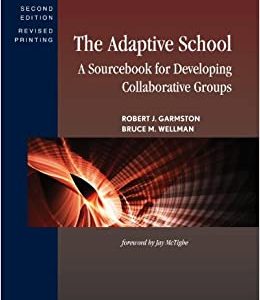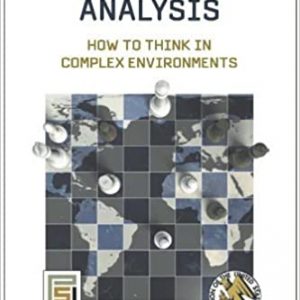Business Analysis and Valuation Using Financial Statements Text and Cases Asia Pacific Edition 2nd by Sue Wright
By: Krishna G. Palepu; Paul M. Healy; Sue Wright; Michael Bradbury; Philip Lee
Publisher: Cengage Learning AUS
Print ISBN: 9780170261951, 0170261956
eText ISBN: 9780170365710, 0170365719
Edition: 2nd
Key Features
This book differs from other texts in business and financial analysis in a number of important
ways. We introduce and develop a framework for business analysis and valuation using financial
statement data. We then show how this framework can be applied to a variety of decision contexts.
Framework for Analysis
We begin the book with a discussion of the role of accounting information and intermediaries
in the economy, and how financial analysis can create value in well-functioning markets. We
identify four key components of effective financial statement analysis:
v business strategy analysis
v accounting analysis
v financial analysis
v prospective analysis.
The first of the components, business strategy analysis, involves developing an understanding of
the business and competitive strategy of the firm being analysed. Incorporating business strategy
into financial statement analysis is one of the distinctive features of this book. Traditionally, this
step has been ignored by other financial statement analysis books. However, we believe that it
is critical to begin financial statement analysis with a company?s strategy because it provides
an important foundation for the subsequent analysis. The strategy analysis section discusses
contemporary tools for analysing a company?s industry, its competitive position and sustainability
within an industry and the company?s corporate strategy.











